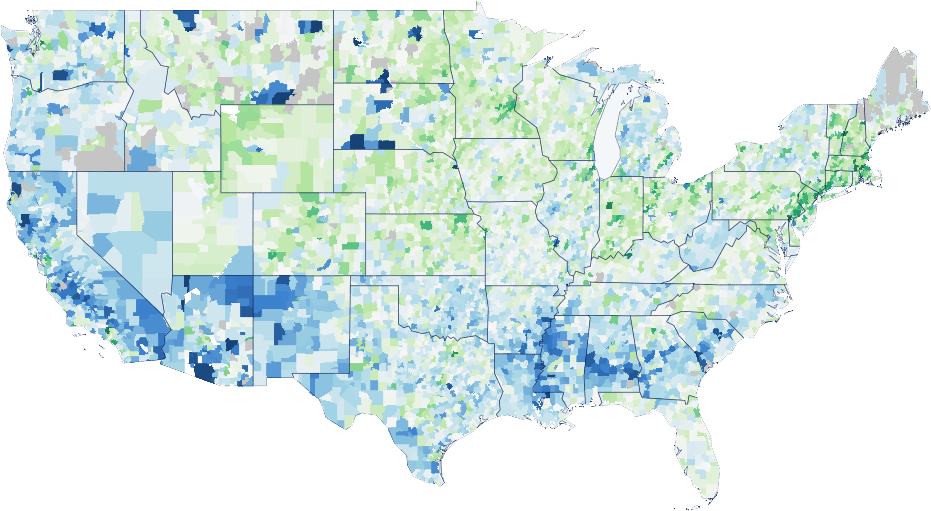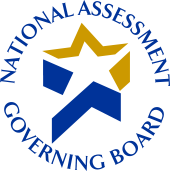New Research As Featured in the New York Times
The Education Recovery Scorecard provides the first opportunity to compare learning loss and ensuing recovery at the district level across the country, providing opportunities to further understand how time remote, federal dollars expenditure, and other factors impacted students during and after the COVID-19 pandemic, as well as how some districts have made substantial progress toward academic recovery.

A collaboration of:



Project Leaders
“We should thank teachers and principals and superintendents for what they’ve done for American schoolchildren in the last year; their efforts have led to strikingly large improvements in children’s learning. But we shouldn’t lose sight of the fact that the recovery has been uneven and we have a long way to go. Academic performance remains lower and more unequal than in 2019 in all but the wealthiest communities in America,” said Sean Reardon, Professor of Poverty and Inequality, Stanford Graduate School of Education, and one of the study’s co-authors.

Sean Reardon
Professor of Poverty and Inequality in Education“No one wants poor children to foot the bill for the pandemic, but that is the path that most states are on,” said Dr. Thomas Kane, Faculty Director of the Center for Education Policy Research at Harvard University and one of the study’s co-authors. "States need to take leadership and ensure that every last dollar of the remaining federal relief is spent on academic recovery efforts, like summer school, high-quality tutoring, and after-school instruction next year.”

Thomas Kane
Walter H. Gale Professor of Education and EconomicsMedia Resources
Districts Making Progress
In the News
Pandemic school closures upended U.S. education. Many students lost significant ground, and the federal government invested billions to help them recover.
Overall, average test scores improved for both poor and nonpoor students in the 15 states for which researchers had economic data. But the improvements were larger for students who were not from poor families. As a result, the gap in achievement based on income grew.
Student test scores are on a path to recovery nearly four years after the pandemic wreaked havoc on K-12 academics, extensive new data analyzed and released by a group of education researchers this week indicate.
Harvard researcher, Tom Kane, speaks with Megan Clarke about the challenges that students are facing in academic recovery.
Between 2019 and 2023, Massachusetts was among the states with the largest widening between high and low-income districts in both math and reading.
Despite massive infusions of federal COVID dollars into the state’s poorest schools and a return to normal schooling, the gap between math scores in rich and poor districts – which widened significantly during the pandemic – continues to grow.
Contact Us
For more information or an answer to a specific question regarding the data, please submit your questions through the form to Rachel Tropp at the Center for Education Policy Research.
Partners










